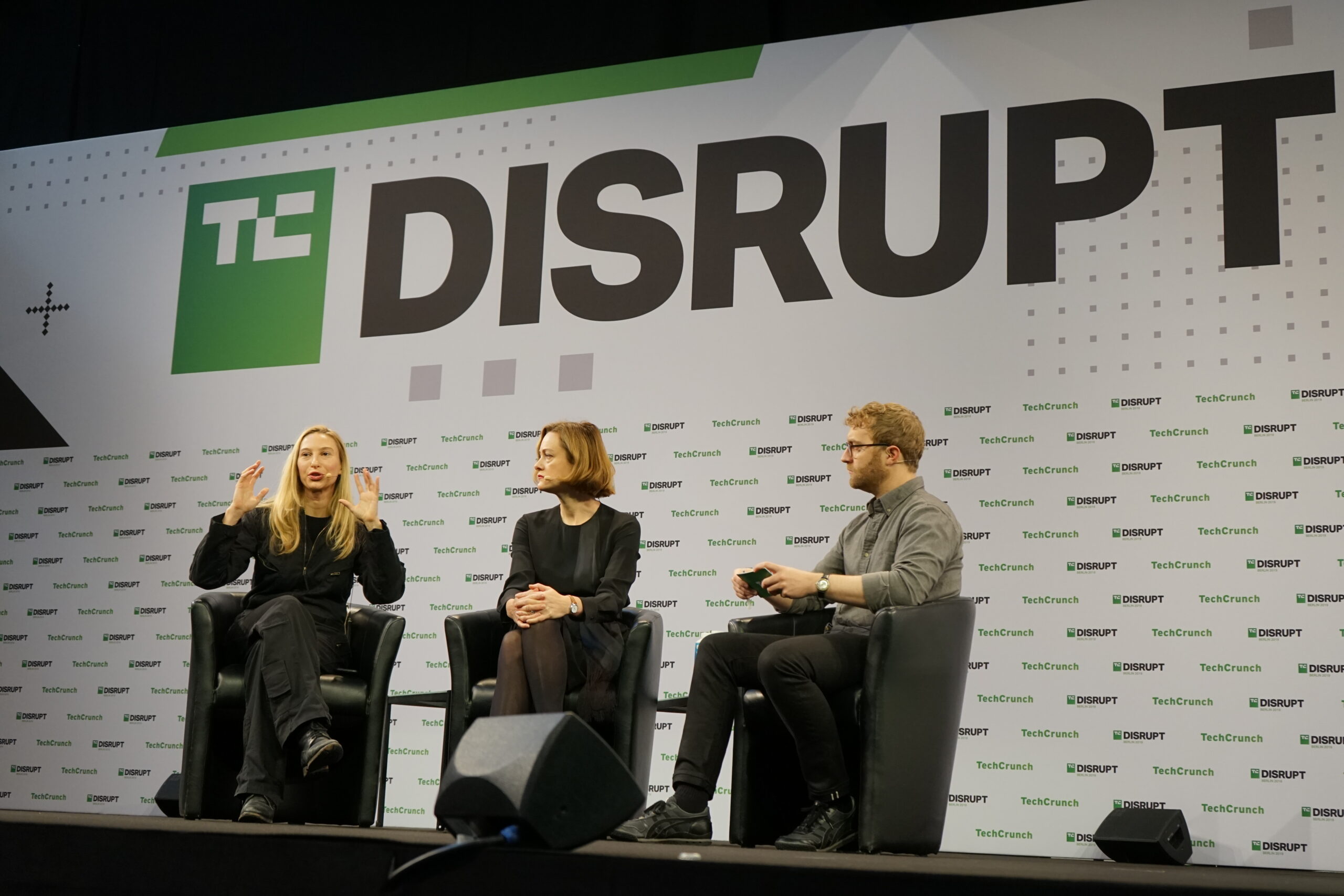I just had a great talk with Emily Foges of Luminance and Devin Coldewey of TechCrunch at Disrupt Berlin 2019. Thanks to both for an enjoyable dialogue. Some parts really stood out to me from the exchange, and I thought it would be useful to elaborate on them and share here!
I was asked:
Why is it necessary to use AI to solve this issue?
Here’s the simple answer: It’s impossible to solve this problem with rule-based systems. The problem is just too complex.
1. A claim contains too many differently formatted documents, of varying complexity.
2. Providing decision-making support requires an always-evolving solution.
Our Cognitive Claim Advisor (CCA) pushes back-office automation beyond just pre-assessment and completion into understanding both current and historic claim cost structure to automatically adjudicate. Our research focuses on AI-based identification of claim rejection reasons by understanding correlations between damage patterns, insurance coverages, exposures and limits.
We focus on use cases at the intersection of customer journeys, data-driven decisions and real-time understanding of communication to leverage our USP of artificial intelligence. This enables unprecedented customer experience in handling claims and captures the investment efforts of insurers to innovate their client touchpoints.
Which Latest Tech developments enabled your mission?
We are leveraging the most recent deep-learning-based advancements in key NLP areas such as Named Entity Recognition and Text Classification to ensure that our clients receive the state of the art performance when it comes to Document Understanding. To be more concrete: the advancements in recurrent neural networks, word embeddings and the latest work in transformer networks have had deep impact on how we use NLP techniques to solve problems in the insurance industry.
Research in the Tech world
Deep learning is massively researched at Amazon, Apple, Google, and most of them open source their recent advancements, which accelerates developments in that area in general. We are for example using open source machine learning libraries like TensorFlow (developed by Google) and PyTorch. Of course we fine-tune the architecture, but still we all also benefit from achievements from these giants and the open sourcing community and ecosystem.




